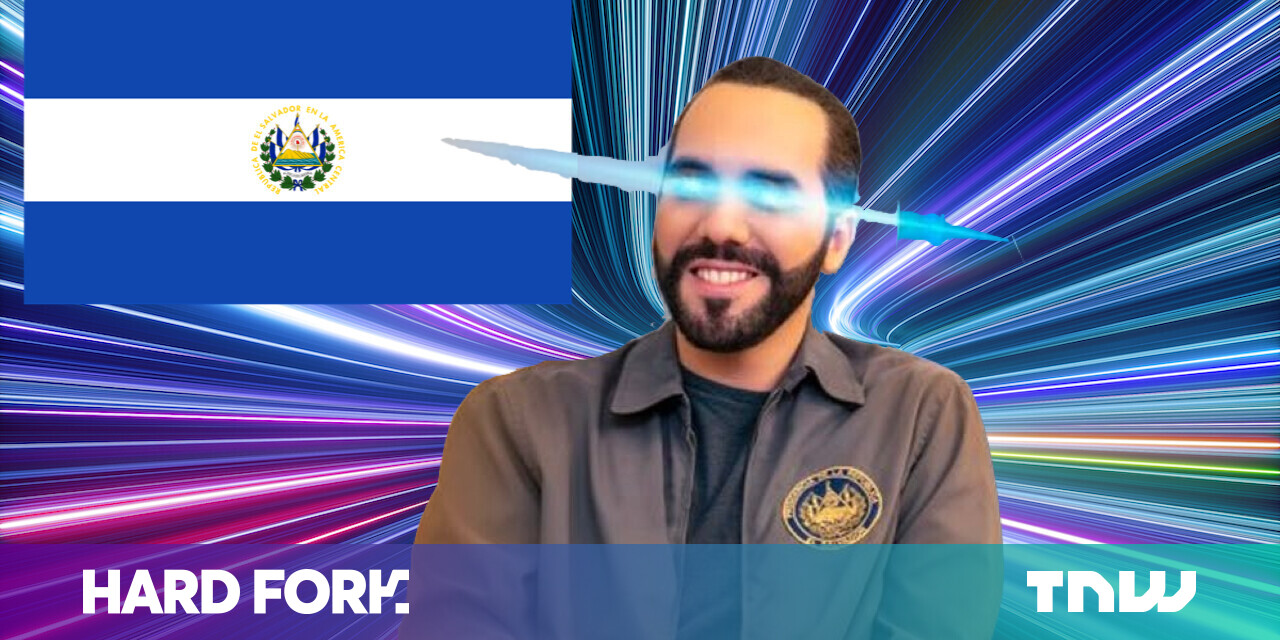#What Does “TLDR” Mean, and How Do You Use It?

Table of Contents
“#What Does “TLDR” Mean, and How Do You Use It?”

Unlike most internet acronyms, TLDR (or TL;DR) has found its way into news articles, professional emails, and even Merriam-Webster’s Dictionary. But what does TLDR mean, how do you use it, and where did it come from?
Too Long; Didn’t Read
TLDR (or TL;DR) is a common internet acronym for “Too Long; Didn’t Read.” At face value, the phrase seems pretty easy to understand. But words and phrases can change depending on their context, and TLDR is no exception.
In its simplest form, TLDR is used to express that a piece of digital text (an article, email, etc.) is too long to be worth reading. A lone “TLDR?” without any explanation could be an intentionally rude or funny comment. In most cases, though, it’s just a witty acknowledgment that a small chunk of text is easier to digest than a large wall of text.
That said, you’ll rarely see a lone “TLDR” in the comments for a web article (or anywhere, really). People tend to accompany their TLDR with a summary of what’s being discussed. At the bottom of a lengthy article on football, for example, you might find a comment that says “TLDR: the Patriots will win the next Super Bowl.”
Along this same line, writers sometimes include a TLDR at the top or bottom of their web article, email, or text message. This is meant to be a summary of what the author is saying, and it’s a disclaimer that the details of a long text may not be worth every reader’s time. A ten-paragraph product review for a crappy laptop, for example, could simply start with “TLDR: this laptop sucks.” That’s the quick summary, and you can read further for details.
TLDR Dates Back to the Early 2000s
Like most internet slang, we don’t really know where the word TLDR came from. Our best guess is that the phrase originated from discussion boards like the Something Awful Forums and 4Chan during the early 2000s.
Merriam-Webster’s Dictionary (which accepted “TL;DR” as a word in 2018) claims that the word was first used in 2002, but provides no evidence to support its claim.

As of right now, the earliest recorded use of TLDR (then spelled “TL;DR”) dates back to January of 2003, when it was added to Urban Dictionary. There are also some forum posts that contain the word “TL;DR” from later that same year.
Since 2004, Google searches for the term “TLDR” or “TL;DR” have slowly climbed. Sadly, Google Analytics started in January 2004, so we can’t look any further back than that. You can see that use of the word “TLDR” has far exceeded “TL;DR” since 2004, which is why we’ve dropped the semi-colon for most of this article.
How Do You Use TLDR?
Generally speaking, you should only use TLDR when summarizing a piece of text, whether you’re the author or commenter. Using the phrase TLDR without offering a useful summary for the content can come off as intentionally rude (but of course, that may be your intention).
When using TLDR as a commenter, your job is very simple. Provide a useful summary that other readers can understand or leave a snarky “TLDR” and come off as rude or childish.

When using TLDR as an author, your job is a little more complicated. Placing a TLDR-summary at the beginning of an article or email can save the reader’s time or serve as a quick introduction, but it can also give the reader a reason to skip the details of your text.
A TLDR-summary at the end of a long text is sometimes more desirable, as it allows you to sum up all of the details that the reader is digesting. But in some situations, this use can feel a bit sarcastic. It’s as if the author is acknowledging that their own wall of text can adequately be understood in a single sentence.
As for professional or scholarly use, it just depends on the context. As a rule of thumb, don’t throw around TLDR anywhere you wouldn’t say LOL. But if you really want to use TLDR in a professional environment (it’s big among programmers, marketers, and writers), consider saying “TL;DR” instead. It looks fancier than the basic TLDR, and it’s accepted as a word by Webster’s Dictionary.
So, TLDR: TLDR is a useful way to summarize details and speed up communication. Use it when it feels right, and try to avoid sounding rude.
Sources: Know Your Meme, Merriam-Webster
If you liked the article, do not forget to share it with your friends. Follow us on Google News too, click on the star and choose us from your favorites.
For forums sites go to Forum.BuradaBiliyorum.Com
If you want to read more like this article, you can visit our Technology category.




